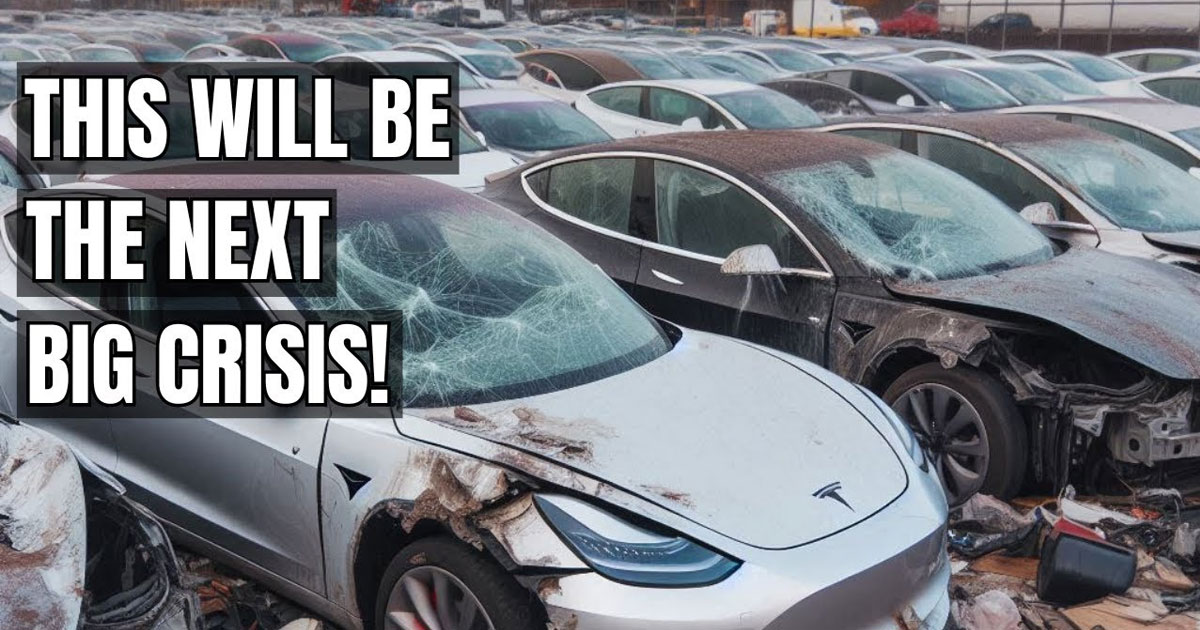Electric Cars Were Supposed to Take Over the World. What the Hell Happened?

The Current Landscape
In 2024, the electric vehicle (EV) market in the United States presents a complex picture. On one hand, carmakers, rental companies, and dealerships are facing an increase in EV inventories, which they often view with concern. On the other hand, overall purchases and rentals of electric cars continue to break records, even if the pace of growth has slightly tapered off. The world’s leading EV manufacturer, Tesla, struggles, yet other automotive firms report solid numbers, with exceptions like Hyundai, which has faced challenges in accurately reporting its metrics. Meanwhile, Kia steps in to balance the scales. Startups like Fisker have faced bankruptcy, but others, such as Rivian, have landed substantial deals, including a multibillion-dollar agreement with Volkswagen.
The Charging Conundrum
The development of EV charging infrastructure across the country continues, utilizing creative methods like charge-while-you-drive roads. However, persistent concerns over vehicle range and the density of public chargers fuel hesitation among potential buyers. These concerns lead some to opt for plug-in hybrids or smaller battery hybrid cars instead. The politicization of EV ownership exacerbates the situation, with liberals wary of Tesla due to Elon Musk’s controversial political stances and conservatives suspicious of foreign EV companies, pushing for the removal of electric cars from the roads. E-bike sales soar, though the Biden administration’s tariffs might impact the battery supply chain.
Defining an EV
The term “EV” encompasses a vast array of battery-powered transportation options, not just cars and trucks but also bicycles, mopeds, motorcycles, scooters, golf carts, boats, rickshaws, and even tractors. The diversity within the EV sector challenges the simplistic lens through which we often view it. For instance, behind Tesla’s popular models, the best-selling EV in the market is an e-bike from Lectric. This diversity underscores the need to shift our perspective on what constitutes success in the EV industry.
Metrics of Success
The criteria for defining the success of EVs vary and remain inconsistent. Should broader regional distribution take precedence over sheer ownership numbers, even if EVs are mostly concentrated on the coasts? Should we focus more on the jobs created, the number of battery and assembly plants established, and the revenue generated? Every factory that produces EV components contributes to a greener future, although the environmental impact of certain battery types, metal sources, and rubber needs cannot be overlooked.
The Government’s Role
The Biden administration, through initiatives like the Bipartisan Infrastructure Bill and the Inflation Reduction Act, aims to foster a renaissance in domestic EV production. However, the government has largely focused on larger vehicles like cars and trucks, neglecting other popular and varied modes of transport that could benefit from similar attention and infrastructure support. The full effects of these policies will take years to manifest, as companies negotiate new terms with workers, establish new factories, and scale up production. In the meantime, consumers must navigate the current market offerings while the planet faces increasing environmental challenges.
Industry Growing Pains
The EV sector experiences typical market scaling challenges, such as growing pains, transitional hiccups, and cross-industry adjustments. However, every development in this industry feels crucial for the future of transportation, climate change mitigation, and the transformation of modern industrial capitalism. Various interest groups, including those linked to fossil fuels, oppose regulations that would facilitate home charging and impose extra fees on EV owners to fund infrastructure projects. Some state governments reject funds to expand charging networks or even ban attempts to transition away from internal combustion engines, with companies like Toyota lobbying for similar measures.
Cost and Long-Term Savings
Despite the high initial cost, EVs are cheaper to operate than gasoline cars in the long run. The sophisticated, chip-heavy architecture of EVs drives up insurance premiums and repair costs, but gas cars and their often reckless drivers also face high insurance rates. The transition to EVs involves more than just swapping a gas tank for a battery; it encompasses a multitude of converging factors offering exciting opportunities if we manage them well.
Tesla’s Role and Competition
Tesla, once the undisputed leader in the EV market, now faces significant competition from established automakers leveraging increased government incentives to produce and sell more EVs domestically. Tesla’s pivot away from focusing solely on EVs, as seen in its investment in self-driving technology and delayed robotaxis, may pose a challenge. Nonetheless, products like the Cybertruck continue to shape the cultural perception of EVs.
Broadening Our Perspective
To fully embrace the EV revolution, we must expand our perspective beyond a car-centric view. Encouraging the adoption of smaller electrified modes of transport and promoting a circular economy around EVs’ potentially harmful effects can make a significant difference. This includes recycling batteries, reusing metals, and refurbishing vehicles, which will help clean up the EV production process and make the vehicles more affordable.
Embracing the Future
The EV industry must adapt quickly to the challenges posed by climate change. Producers and consumers alike need to recognize the importance of this transition and act accordingly. By expanding our view of what constitutes an EV and adopting a holistic approach to their production and use, we can ensure a more sustainable and accessible future for all.

